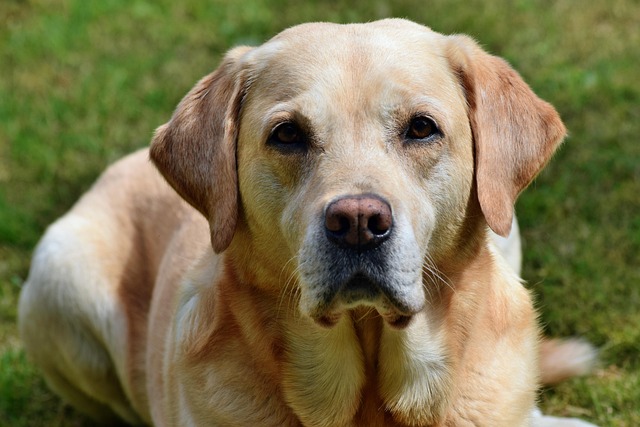
How can I tell if my dog's heatstroke is serious
Let’s be real: It’s a sticky August morning in Los Angeles, and you took your 2-year-old Golden Retriever, Max, for a walk a little later than usual
Seeing your once-springy pup hesitate before jumping on the couch or taking longer to get up after naps is tough. Arthritis, that wear-and-tear on their joints, is incredibly common in older dogs – think stiff hinges needing extra care. It's not just "slowing down"; it's often genuine discomfort caused by inflammation grinding within their joints. The good news? Plenty of effective, loving steps can make their golden years much more comfortable right here at home.
First, partner closely with your vet. They’ll confirm it’s arthritis (ruling out other issues) and might prescribe pain meds like NSAIDs only available through them. Never use human painkillers – they’re toxic for dogs! Alongside vet-prescribed meds, consider scientifically-backed joint supplements. Glucosamine and chondroitin sulfate, found in quality chews or liquids, act like lubricant and building blocks for cartilage. Omega-3 fatty acids (fish oil) are potent natural inflammation fighters. Think of these as daily maintenance oil for those creaky joints. Managing weight is non-negotiable – every extra pound strains sore joints. Your vet can help tailor a gentle diet plan; sometimes, just switching to a senior formula helps. Easy exercise is key too. Short, frequent walks on soft grass (avoiding hot pavement) are better than one long hike. Swimming is fantastic low-impact exercise if accessible. At home, provide thick orthopedic beds – memory foam is great – and use carpet runners or yoga mats on slippery floors. Ramps for cars and furniture prevent painful jumps. Gentle massage can also ease stiff muscles; ask your vet or a certified canine rehab therapist for techniques.

Living in an apartment? Those polished floors are an arthritic dog’s nemesis. Non-slip rugs are essential throughout their main paths. Consider indoor potty options like real-grass patches on balconies for days when stairs feel like mountains. When walking your senior pal in your community, remember etiquette goes beyond bagging poop (a legal must nearly everywhere – fines in cities like Seattle can hit $250!). Keep walks short and let your dog set the pace. Be mindful of others; step aside on narrow paths so your dog isn’t jostled. Always ask before letting other dogs approach – a wobbly senior might feel vulnerable. Crucially, positive reinforcement training is the only acceptable method here. Yelling, jerking the leash, or any punishment increases stress and pain for an arthritic dog. Use treats and praise to gently guide them. Keep up with vaccinations and local licensing – it’s the law and protects your vulnerable companion if they need boarding or daycare on a day you’re stuck late. Remember that crate, if used, should be a cozy den, not confinement for long periods when they need to stretch.
Caring for an arthritic senior dog is about adapting their world with love. It’s warm beds, gentle strolls smelling the roses in the park, and maybe even water therapy sessions if your local clinic offers them. Pay attention to the small signs – a sigh of relief when they sink into their bed, that slightly bouncier step after their fish oil dose. With thoughtful management guided by your vet, you can significantly ease their discomfort and cherish many more slow, sweet walks together, ensuring their twilight years are filled with comfort and dignity. Every little adjustment makes their world a kinder place.

Let’s be real: It’s a sticky August morning in Los Angeles, and you took your 2-year-old Golden Retriever, Max, for a walk a little later than usual

You're enjoying a summer afternoon at the park when you notice your dog has stopped panting and appears disoriented - their gums are bright red

Let’s paint the picture: You’re in your Denver apartment, watching your 4-year-old Boston Terrier, Ruby, plop down mid-play session with her favorite toy

Many dog owners notice their pets nails seem shorter after regular walks,but how much does this daily activity actually help?The answer depends on where you walk—concrete sidewalks or asphalt streets gently file nails as a dog's paws hit the ground

Most dog owners notice their pup scooting across the carpet at some point, but few connect it to impacted anal glands. These small sacs near a dog’s rectum secrete a scent for marking territory

Most vets agree that regular dog teeth cleaning is key to avoiding painful dental issues later. For healthy adult dogs, a professional cleaning at the vet’s office every 12 to 18 months usually works well.